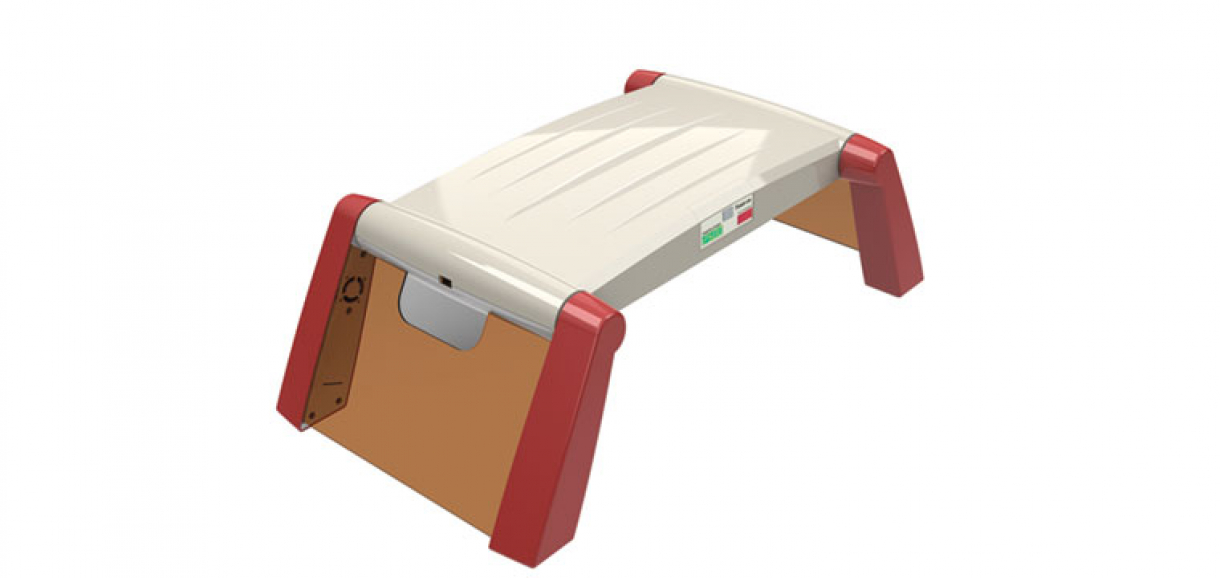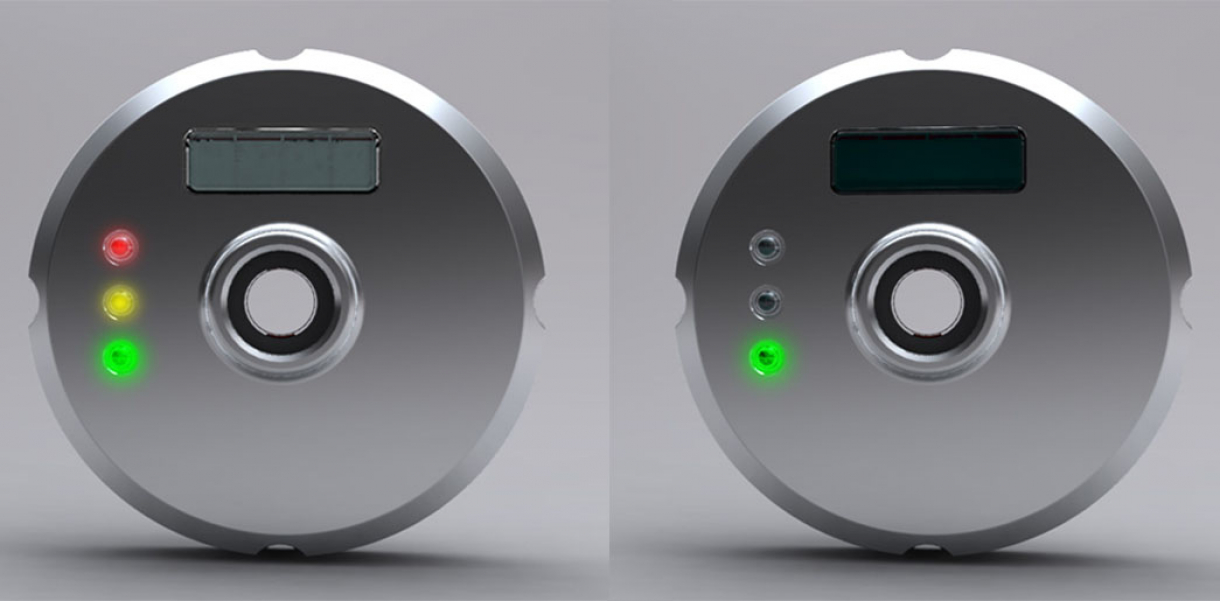Wayfinding solutions for people with low vision have yet to take full advantage of emerging technologies. Where systems have been designed for low vision users, they are generally limited to audio loops that can be expensive to install or Braille, which only a small percentage of people can read.
Pathfinder looks at emerging technologies and how they could be harnessed to enable new forms of navigation that rely less on sight and more on the other senses. The aim was to realise the inclusive potential of ‘sensory substitution’ through practical design Wayfinding was defined from the start as comprising four essential components: orientation, route decision, route monitoring and destination recognition. A key objective was to develop concepts that would enable these tasks to be carried out effectively.
“I feel it’s important for the disabled to have every chance to explore their world as the rest of us do,” says designer David Sweeney. “This is an interface to all public information – your own personal way-finding system.”
The project proposes three different solutions. The first design concept develops a tactile map that combines a physical object with voice information to describe a building using hearing and touch. The materials that distinguish different sections of the model are used in the real building so users can run their fingers along a material strip in the corridor to their destination.
The next two ideas use different technologies to run a similar system. They build on the fact that most people will have camera and internet-equipped mobile phones. A building can therefore upload navigation information online that can be accessed in real-time as a person walks through that space, giving ‘blow by blow’ directions. People can post their own directions and comments on a particular space to aid other users and the recipients can adjust the amount of information they want to hear.
Designed by
David Sweeney - United Kingdom




